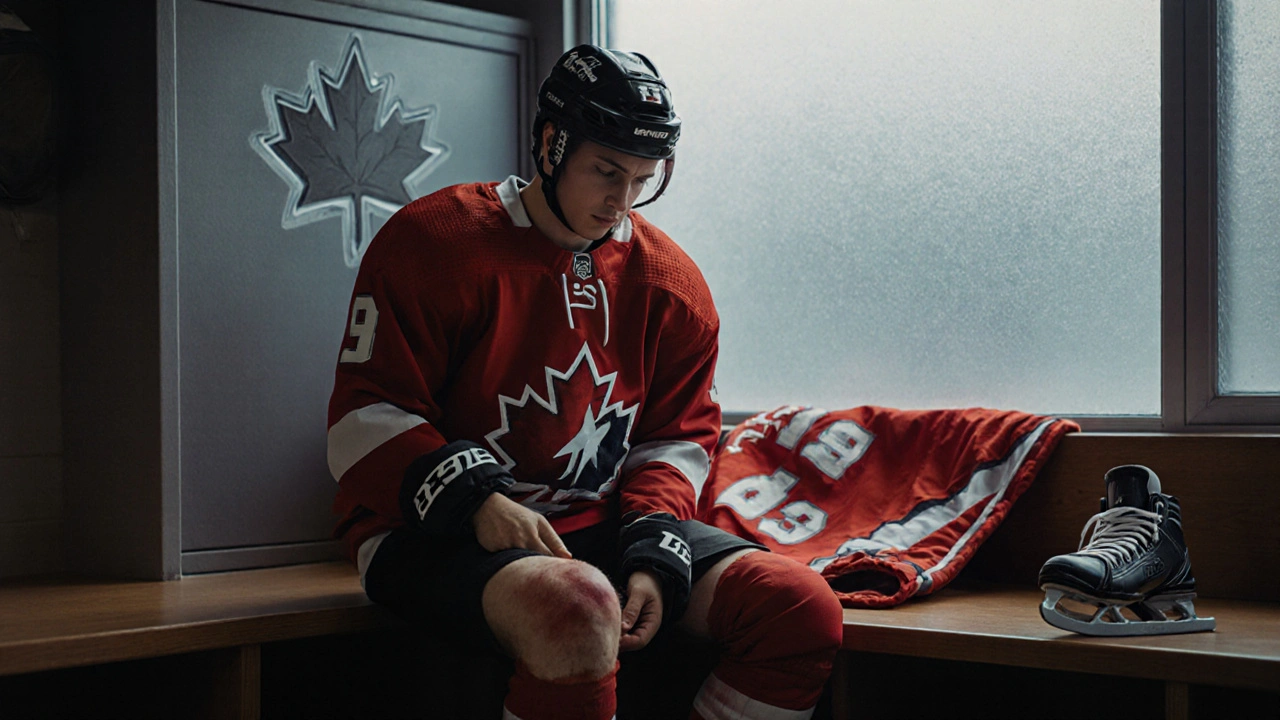Tinea Cruris (Jock Itch): What It Is and How to Treat It
If you’ve ever noticed an itchy, red rash in the groin area, you might be dealing with tinea cruris, commonly called jock itch. It’s a fungal infection that loves warm, moist skin, so athletes, people who sweat a lot, or anyone wearing tight clothing are more prone to it. The good news is that it’s easy to recognize and even easier to treat once you know what to look for.
Common Signs and Symptoms
The rash usually starts as a small, pinkish spot that quickly spreads outward, creating a ring‑shaped pattern with a clearer center. The edges are often raised, scaly, and intensely itchy. You might also see some flaky skin or a slight burning sensation, especially after a workout or a hot shower.
Because the fungus thrives in damp conditions, the rash often appears where skin rubs together – the inner thigh, groin, and buttocks. If you’ve had a recent bout of athlete’s foot, the same fungus can spread to the groin area, so keep an eye on both spots.
Treatment and Prevention Tips
The first step is to keep the area clean and dry. After showering, pat the skin with a towel rather than rubbing, and consider using a hair dryer on a cool setting to remove excess moisture.
Over‑the‑counter antifungal creams, sprays, or powders containing clotrimazole, miconazole, or terbinafine work well for most cases. Apply the medication to the affected area and a little beyond the edges, usually twice a day for two weeks, even if the rash looks better after a few days.
If the infection doesn’t improve within a week, or if it spreads rapidly, see a pharmacist or doctor. They may prescribe a stronger topical or an oral antifungal like fluconazole.
To stop it from coming back, wear loose‑fitting, breathable clothing made of cotton or moisture‑wicking fabrics. Change out of sweaty clothes promptly after exercise, and consider using an antifungal powder in shoes and on the feet.
Regularly wash towels, bedding, and gym clothes in hot water to kill any lingering fungus. Sharing personal items like razors or towels can spread the infection, so keep yours to yourself.
In short, tinea cruris is uncomfortable but not serious when treated early. Spot the rash, keep the area dry, use an OTC antifungal, and practice good hygiene. Follow these steps and you’ll be back to feeling normal in no time.
Jock Itch Explained: Causes, Symptoms & Treatments
by philip onyeaka Sep 29 2025 10 Medical ConditionsLearn what causes jock itch, recognize its symptoms, and explore effective treatment and prevention strategies for a quick recovery.
READ MORE
